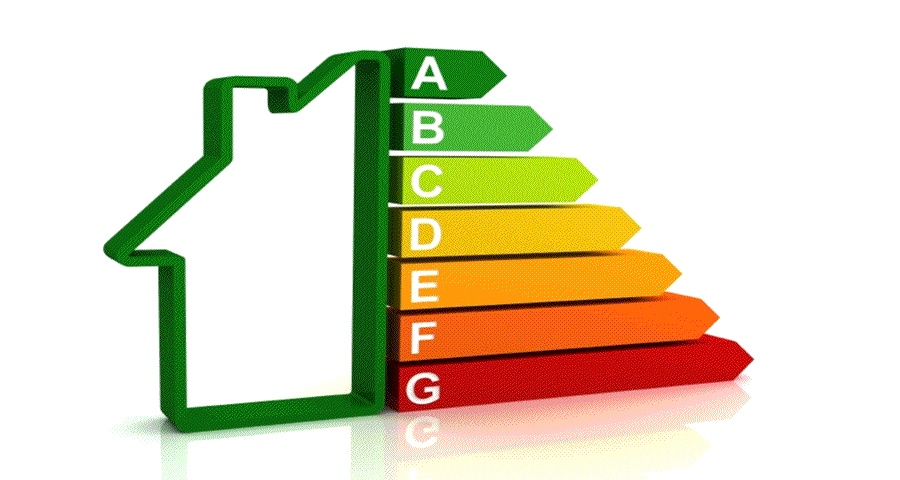
Two thirds of new Irish homes fail energy efficiency rules
Less than a third of new Irish homes meet energy efficiency and carbon emissions regulations, according to new figures. The number of new homes meeting the rules has also declined dramatically since 2005, according to data released by the Sustainable Energy Authority of Ireland.
Less than a third of Irish homes conform with Part L of the building regulations, which deals with energy and insulation and requires homes to generate a certain amount of energy from renewables such as solar thermal panels (above)
By Lenny Antonelli & Jeff Colley
Less than a third of new Irish homes meet energy efficiency and carbon emissions regulations, according to new figures. The number of new homes meeting the rules has also declined dramatically since 2005, according to data released by the Sustainable Energy Authority of Ireland.
Only 32.5% of new homes built to the 2008 version of Part L of the building regulations — which deals with insulation and energy — met all of its main energy and carbon requirements: the minimum renewable energy contribution, U-value (insulation) requirements, heating system efficiency and airtightness requirements, plus the energy and carbon performance coefficients, figures that measure a dwelling's overall level of energy efficiency and carbon emissions.
The figures show that individually 50% of homes fail to meet the energy performance coefficient, 40% fail to meet the carbon emissions standard, and 39% don't generate enough renewable energy to meet regulations.
The data, which contains a record of the energy performance of every new home given a building energy rating (BER) assessment, was obtained by the green building magazine Construct Ireland.
Of the 3,595 BER assessments carried out on houses built to the 2008 version of Part L of the building regulations, which deals with insulation and energy, 2,426 — or 67.5% — fail at least one of the main standards.
This marked a dramatic increase from the 21% of homes built to the 2005 regulations that failed to meet its main requirements. Part L was updated again last year, but few homes have been built to this new version.
Environment minister Phil Hogan recently published a new draft Building Control Act following the high profile evacuation of the Priory Hall development in north Dublin due to fire safety defects. The new rules require the submission of "certificates of compliance" for the design and construction of buildings.
However in a lengthy submission former president of the Royal Institute of the Architects of Ireland Eoin O'Cofaigh heavily criticised the proposals. He said the regulations would "criminalise" architects for the failure of local authorities to inspect buildings, and for the failure of other contractors on site. Local authorities currently have a target to inspect just 12-15% of new buildings.
Mr O'Cofaigh, a former member for the Building Regulations Advisory Body, said the proposals were the "21st century equivalent of hanging children for stealing sheep."
Last year Construct Ireland revealed that an unpublished survey of Irish housing built between 1997 and 2002 commissioned by the SEAI found that none of the houses examined complied fully with energy efficiency regulations. Over 90% of of homes with oil boilers failed to comply with rules on reducing the risk of fire spread and pollution from oil tanks, while over 40% failed to meet ventilation standards.
Infra red photography of housing conducted as part of the survey found that 19 out of 20 houses had gaps in insulation, in contravention of the regulations, that were not revealed by basic visual inspections. This suggest the number of homes failing to meet insulation standards today could be higher than the latest SEAI data indicates, as BER assessors typically assume on-paper specifications are correct if they can't access insulation.
SEAI is planning to release a public research tool to enable users to study the BER data it has collected. The next issue of Construct Ireland magazine will contain further analysis of the latest figures. Responding to the data, the Department of Environment said: “The department welcomes the highlighting of this critical issue. It is unfortunate that Part L is more often than not viewed as a building control imposition, rather than as a means to improving the quality of and having a more sustainable built environment, by reducing building energy and running costs. This in part might explain why Part L requirements has not [sic.] been embraced in new building design.”
This is an updated version of a story that Construct Ireland's Jeff Colley and Lenny Antonelli wrote for last Sunday's (May 20) Irish edition of the The Sunday Times.







